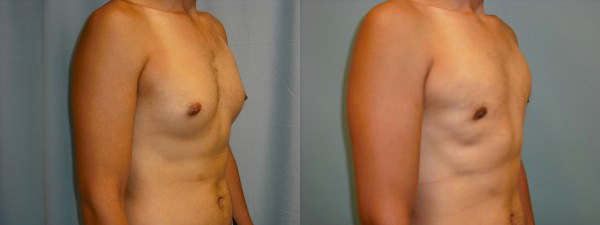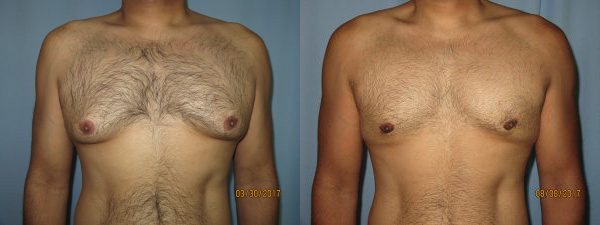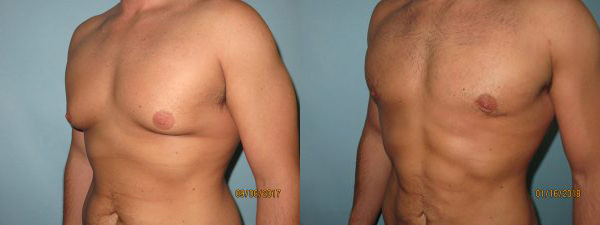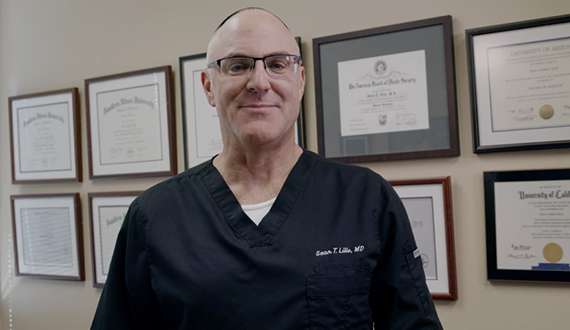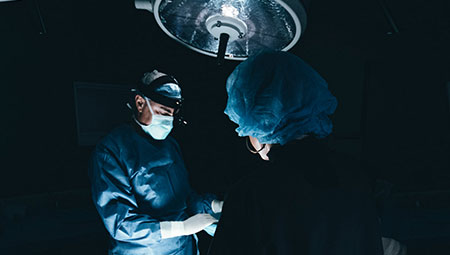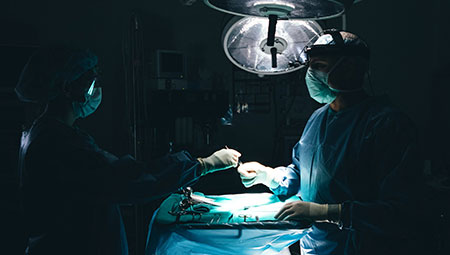Surgery for gynecomastia is most often performed as an outpatient procedure, but in extreme cases, or those where other medical conditions present cause for concern, an overnight hospital stay may be recommended.
The surgery itself usually takes about three hours. However, more extensive procedures may take longer.
Correction of enlarged male breasts may be performed under general anesthesia, which allows the patient to sleep through the entire operation.
The Male Breast Reduction Surgery
If excess glandular tissue is the primary cause of the breast enlargement, it will be excised, or cut out, with a scalpel. The excision may be performed alone or in conjunction with VASER liposuction.
In a typical procedure, an incision is made in an inconspicuous location — either on the edge of the areola or in the under-arm area. Working through the incision, the surgeon cuts away the excess glandular tissue and fat and skin from around the areola and from the sides and bottom of the breast. Major reductions that involve the removal of a significant amount of tissue and skin may require larger incisions that result in more conspicuous scars. If liposuction is used to remove excess fat, the cannula is usually inserted through the existing incisions.
If your gynecomastia consists primarily of excessive fatty tissue, your surgeon will likely use liposuction to remove the excess fat. A small incision, less than a half-inch in length, is made around the edge of the areola — the dark skin that surrounds the nipple. In some cases, the incision may instead be placed in the underarm area.
A slim hollow tube called a cannula, which is attached to a vacuum pump, is then inserted into the incision. Using strong, deliberate strokes, the surgeon moves the cannula through the layers beneath the skin, breaking up the fat and suctioning it out.
In extreme cases where large amounts of fat or glandular tissue have been removed, skin may not adjust well to the new smaller breast contour. In these cases, excess skin may have to be removed to allow the removing skin to firmly re-adjust to the new breast contour.
Sometimes, a small drain is inserted through a separate incision to draw off excess fluids. Once closed, the incisions are usually covered with a dressing. The chest may be wrapped to keep the skin firmly in place.
